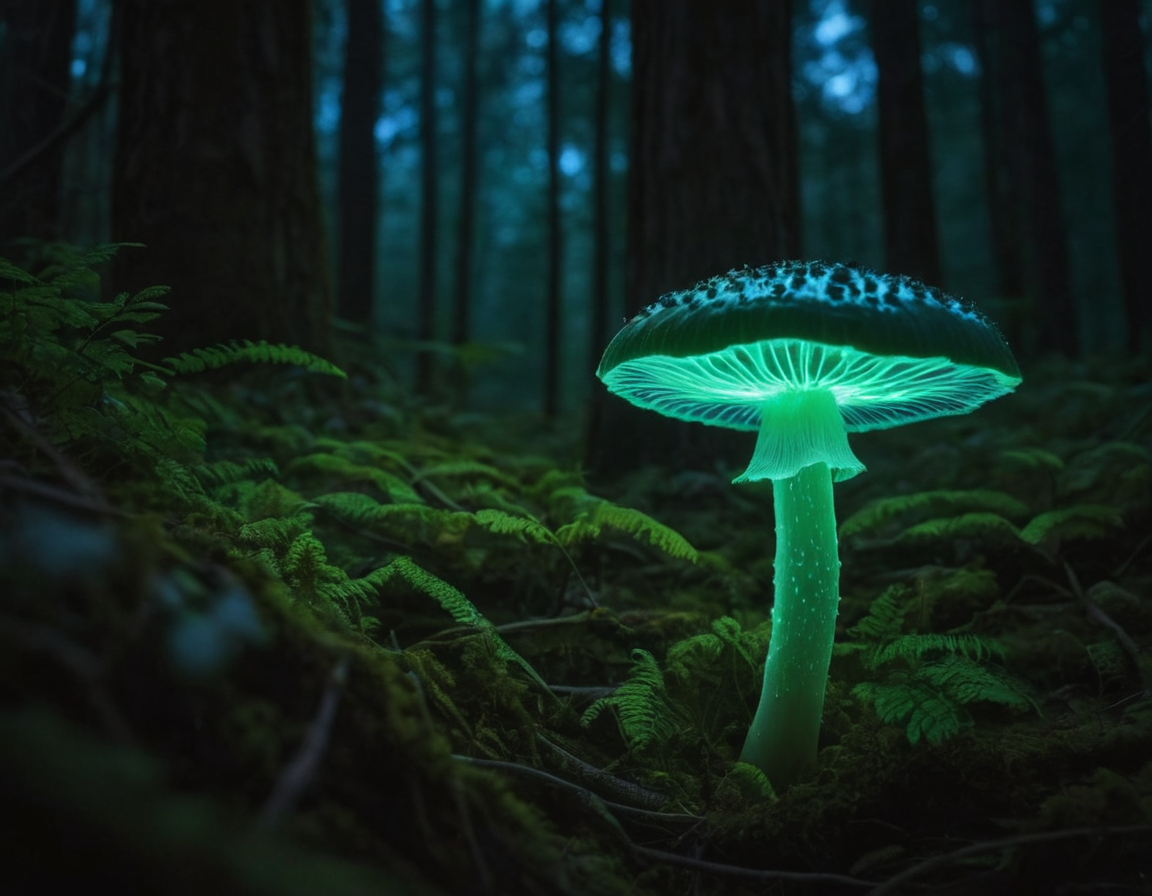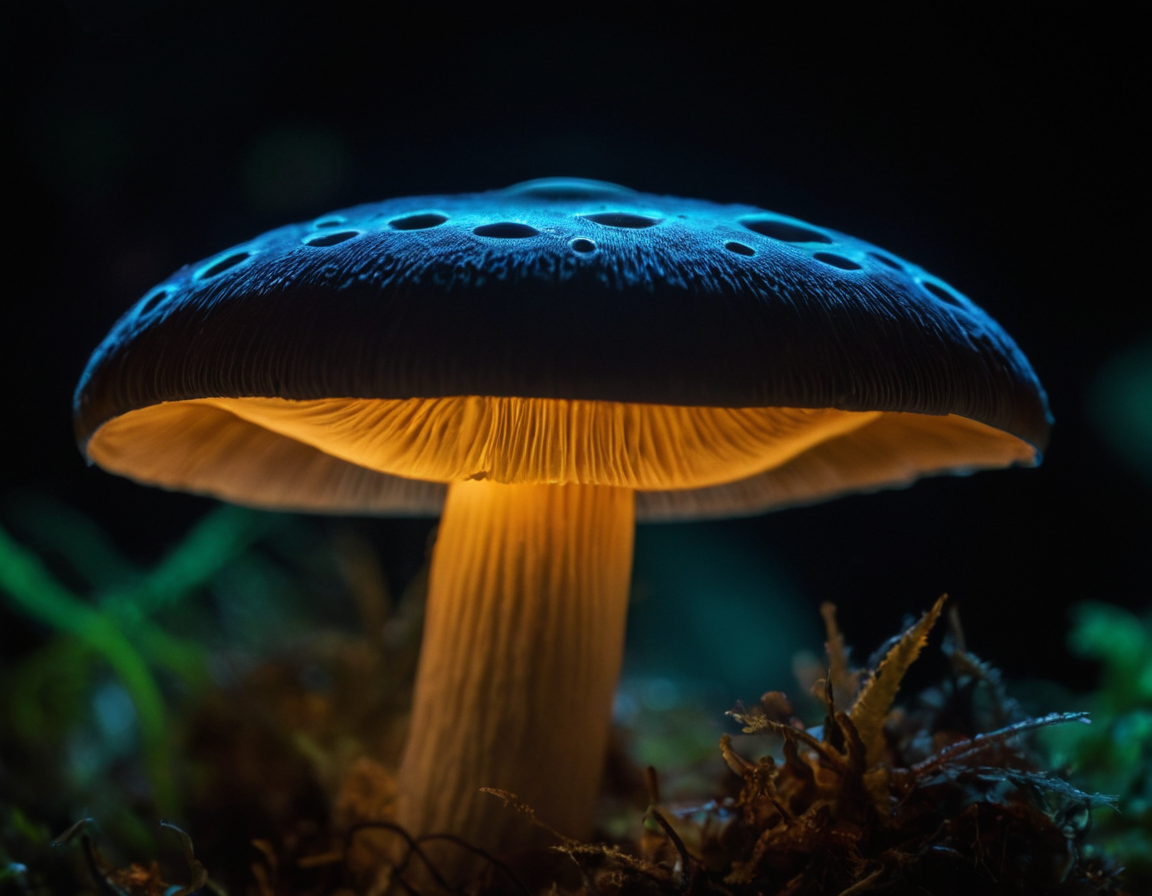The Fascinating World of Bioluminescent Fungi: Nature’s Own Light Show
Discovering Nature’s Glow: Bioluminescent Fungi
Imagine walking through a forest at night and spotting a soft, ethereal glow emanating from the underbrush. This isn’t a scene from a fantasy movie; it’s a natural phenomenon caused by bioluminescent fungi. In this blog post, we’ll delve into the captivating world of these light-emitting organisms, exploring their biology, ecological roles, and potential applications in biotechnology.
What is Bioluminescence?
Bioluminescence is the process through which living organisms produce and emit light. The light is the result of a chemical reaction that typically involves a molecule called luciferin and an enzyme called luciferase. This phenomenon is found in various forms of life, including certain types of fungi, which we’ll focus on today.
The Science Behind the Glow
The bioluminescence in fungi is still a mystery to scientists, but research suggests it may serve several purposes, such as attracting insects to help with spore dispersal, deterring predators, or decomposing matter more effectively. What’s fascinating is that the light emitted by these fungi is incredibly efficient, with nearly 100% of the energy producing light without generating heat.
Types of Bioluminescent Fungi
There are more than 80 known species of bioluminescent fungi, and they come in various shapes and colors. One of the most well-known species is the ‘foxfire’ or ‘fairy fire’ mushroom, which has been observed and documented for hundreds of years. These species exhibit a range of luminous colors, predominantly green.

Bioluminescent Fungi in Ecosystems
The role of these fungi in their ecosystems is multifaceted. They contribute to the decomposition of organic material, thereby recycling nutrients and supporting forest health. Their ability to attract insects also enhances the ecosystem’s complexity by contributing to the food web.
Applications and Research
Bioluminescent fungi have inspired numerous research projects in fields like medicine and environmental monitoring. Engineers and biotechnologists are exploring ways to harness this natural light for use in sustainable lighting and as a tool for imaging and tracking cancer cells in the body.
Protecting and Preserving Bioluminescent Fungi
As with many fascinating organisms, the habitats of bioluminescent fungi are under threat due to deforestation, pollution, and climate change. Conservation efforts are vital to ensure that these organisms, and the benefits they offer, do not vanish from our planet.
Experiencing the Magic of BIoluminescent Fungi
For those eager to witness the glow of bioluminescent fungi, visiting a natural habitat during a new moon phase increases the chance of observing these wonders. While not every forest will have these glowing mushrooms, seeking them out can be a thrilling adventure for nature enthusiasts and photographers alike.

Conclusion
Bioluminescent fungi offer a breathtaking glimpse into the complexity and beauty of nature. As we continue to study these organisms, we unlock new insights into life’s mysteries, and through conservation, we can ensure that future generations can also experience the wonder of nature’s own light show.
Join us in our fascination with these glowing marvels by sharing this post and spreading the word about the magic of bioluminescent fungi!
Stay tuned for more interesting topics and don’t forget to follow us for the latest updates!






